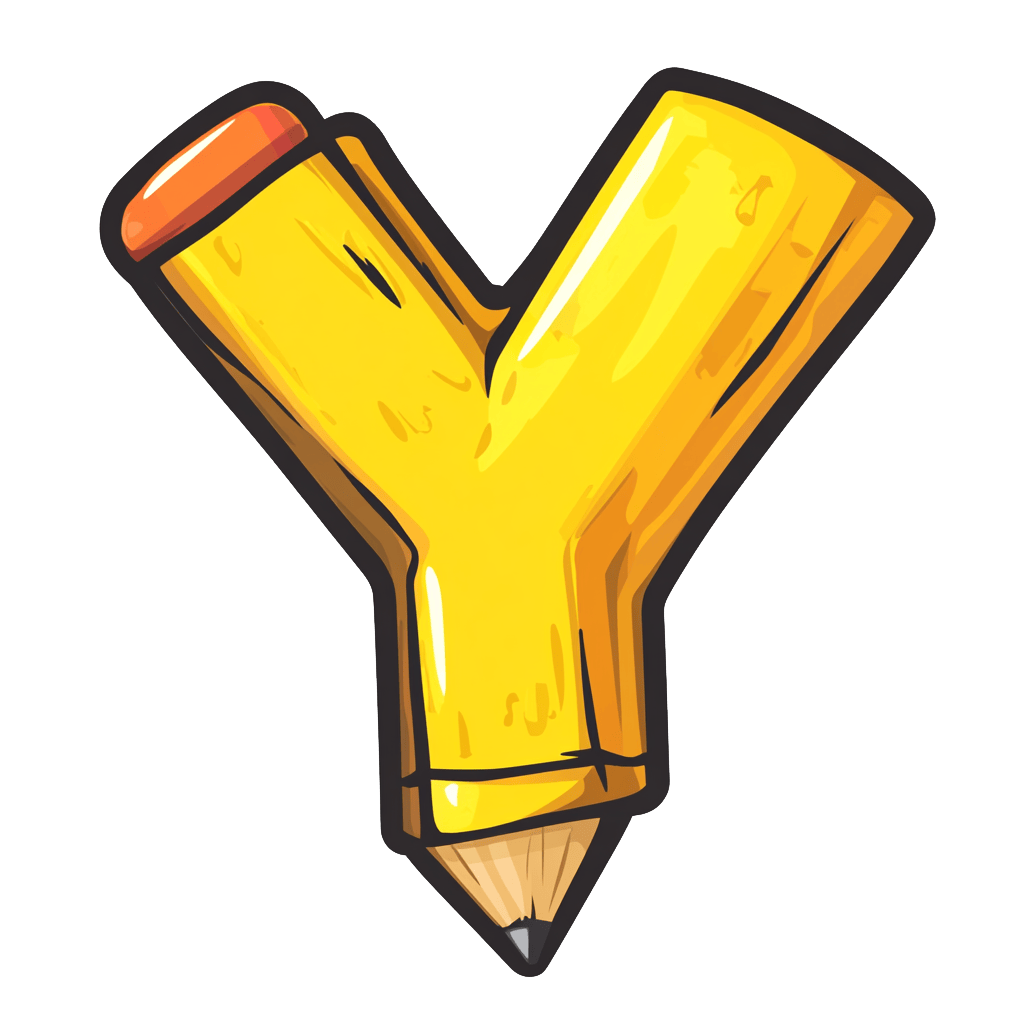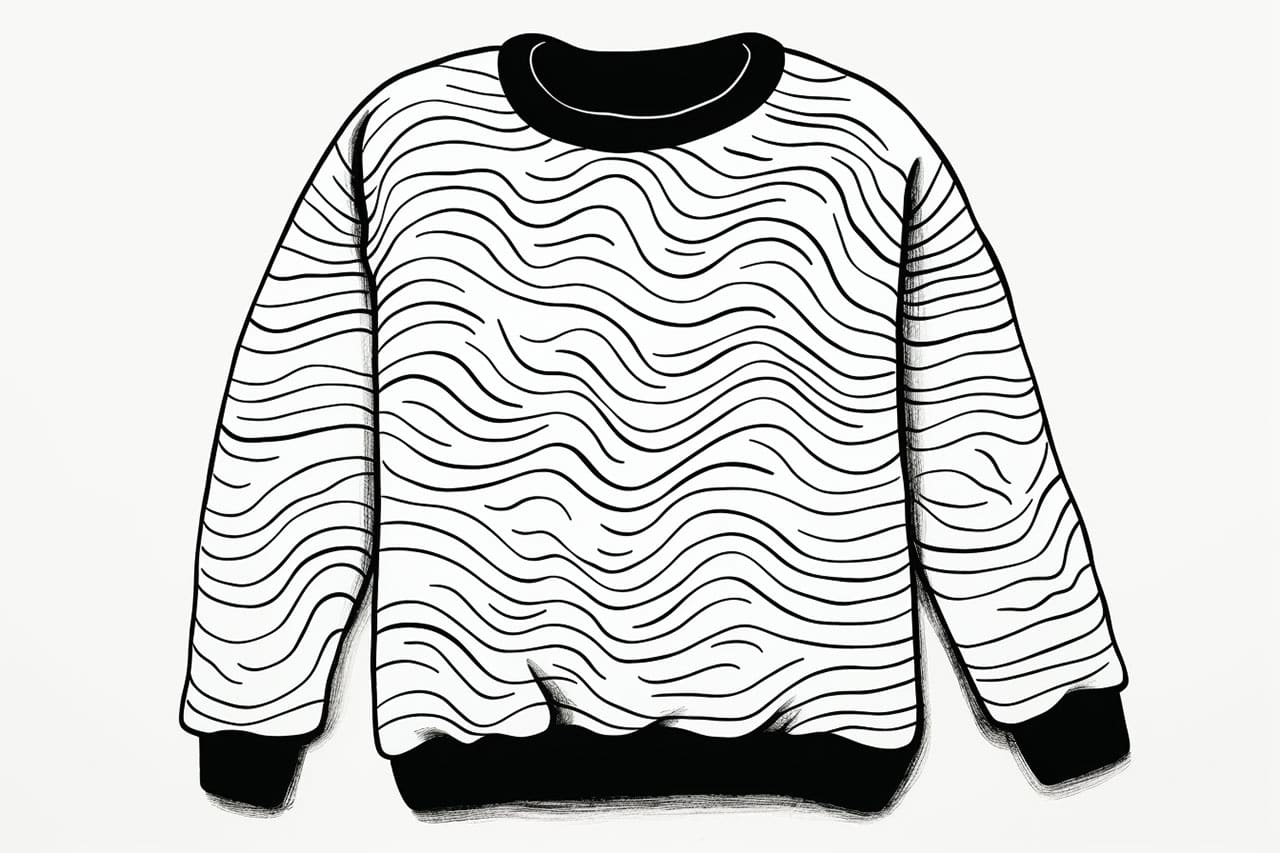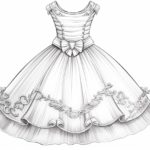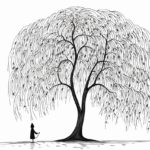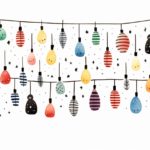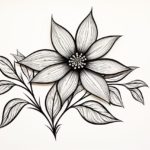
Drawing a sweater might initially appear to be a daunting challenge, especially with the variety of styles and intricate details to consider. However, with the right techniques and a bit of practice, you can master the art of creating a cozy and lifelike sweater illustration. Whether you’re looking to depict the casual elegance of a lightweight cardigan or the warm comfort of a chunky knit, this guide is designed to boost your confidence and skills.
In this comprehensive, step-by-step tutorial, we will delve into the essential techniques that will help you recreate the soft textures, shapes, and nuances of a sweater. From the initial outline to the final details, each section is crafted to walk you through the process clearly and methodically. So, get your sketchbook, gather your favorite pencils, and prepare to immerse yourself in the creative endeavor of sweater drawing!
Don’t worry if you don’t consider yourself an expert artist. This guide welcomes everyone, from beginners to seasoned sketchers looking to expand their repertoire. As we explore each step together, remember that the key to improving your drawing lies in patience and practice. Let’s embark on this artistic journey and bring the warmth of a sweater to life on your paper!
Materials Required:
To draw a sweater, you will need the following materials:
- Sketchbook or drawing paper
- Pencils of varying hardness (such as HB, 2B, and 4B)
- Eraser
- Ruler
- Colored pencils or markers (optional)
Now that you have your materials ready, let’s dive into the process of drawing a sweater.
Step 1: Outline the Shape of the Sweater
Start by lightly sketching the basic shape of the sweater. Decide on the posture or position you want for your drawing, as it will affect the way the sweater drapes on the body. Use light and loose lines to define the silhouette of the sweater.
Step 2: Add the Neckline and Shoulders
Next, add the neckline and shoulders of the sweater. The neckline can vary in shape, such as a crew neck, V-neck, or turtleneck. Consider the style of sweater you want to draw and carefully shape the neckline accordingly. Connect the neckline to the shoulders, ensuring that the lines flow naturally.
Step 3: Define the Sleeves
Detail the sleeves of the sweater by drawing their shape and size. Sweater sleeves can be long, short, or three-quarter length, so choose a style that suits your drawing. Pay attention to how the sleeves join the shoulder area and maintain a smooth transition.
Step 4: Draw the Body of the Sweater
Now, focus on the main body of the sweater. Depending on the design, it may be loose-fitting or snug. Visualize how the fabric drapes and sketch the contours accordingly. Take into account any folds or wrinkles that appear due to the way the fabric hangs.
Step 5: Add Ribbing and Details
To make your drawing more realistic, add ribbing details to the cuffs, hem, and neckline of the sweater. Ribbing is commonly seen in sweaters and helps to create texture. Use your ruler to draw even and parallel lines for the ribbing, ensuring that they follow the curves and contours of the sweater.
Step 6: Refine the Drawing
Now that the basic structure and details are in place, it’s time to refine your drawing. Observe your sketch and make any necessary adjustments to proportions, lines, or shapes. Focus on the overall balance and symmetry of the sweater to achieve a more polished look.
Step 7: Add Texture and Patterns (Optional)
If you want to take your drawing to the next level, consider adding texture and patterns to the sweater. You can depict cable knits, Fair Isle patterns, or any other design that catches your eye. Use your pencils or colored markers to bring these elements to life, paying attention to shading and highlights.
Conclusion:
Drawing a sweater may require some practice, but with the right techniques and guidance, it can be an enjoyable artistic endeavor. By following these step-by-step instructions, you can develop your skills and create stunning sweater drawings. Remember to be patient and have fun throughout the process. So grab your sketchbook and pencils, and start sketching your cozy creations today!
Fun Facts About Sweaters
- Sweaters, known as “jumpers” in British English, are a versatile garment worn for warmth and fashion.
- The oldest known pullover sweater dates back to ancient times in the Middle East, highlighting their long history.
- Aran sweaters, originating from Ireland, are famous for their intricate cable patterns, each with symbolic meanings.
- Sweaters can be made from various materials like wool, cotton, or synthetic fibers, catering to different weather conditions.
- The term “sweater” originated from ‘sweaters’ – heavyweight clothing worn to cause sweating during exercise.
- Norwegian sweaters often feature patterns like stars and snowflakes, showcasing traditional Scandinavian designs.
- Ugly sweater parties have become a fun holiday tradition, celebrating brightly colored and themed sweaters.
- Sweaters can be knit in a variety of ways, including hand knitting and machine knitting, offering different textures and styles.
- Cashmere sweaters are highly prized for their softness and are made from the fine fibers of cashmere goats.
- While traditionally linked to cooler climates, lightweight sweaters can be suited for layering in warmer areas as well.
Suggestions for Scenes and Settings for Sweater Drawings
- Wintry Cabin Retreat: Illustrate a cozy scene of people wearing sweaters by a fireplace, sipping hot cocoa surrounded by snowy landscapes.
- Holiday Festivities: Capture a family gathered around the Christmas tree in their festive holiday sweaters, with twinkling lights and presents.
- Sweater Knitting Circle: Sketch a group of people in a cozy room, knitting their own sweaters while sharing stories and laughter.
- Autumn Stroll: Depict a scene where people in sweaters enjoy the crisp fall air, leaves crunching underfoot, in vibrant autumn alfresco settings.
- City Street Fashion Show: Design a bustling city street with fashion enthusiasts showcasing an array of chic and stylish sweaters.
- Grandma’s Attic: Create an image of an attic full of vintage sweaters, each with its own story and character, surrounded by old photographs.
- Alpine Sweater Day: Draw a family on a ski trip, wearing thick, patterned sweaters, against the backdrop of majestic snow-capped mountains.
- Beach Bonfire Night: Illustrate a warm summer evening by the sea, with people wearing lightweight sweaters casually gathered around a bonfire.
- University Campus: Capture students in sweaters rushing between classes during a bustling fall day amid leaf-covered pathways.
- World Tour Sweaters: Envision a series of iconic locations where people wear sweaters representing cultural designs specific to each place.
